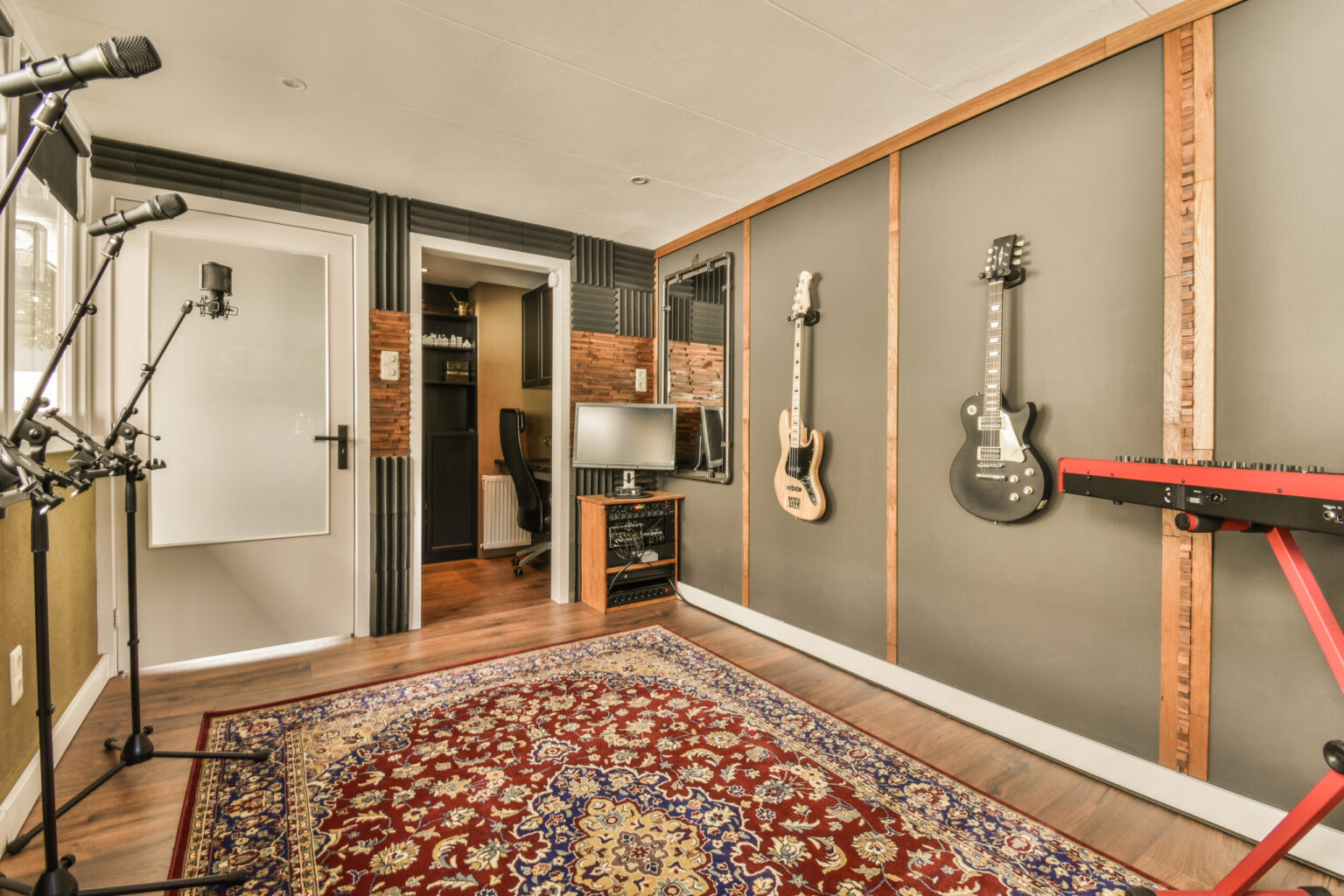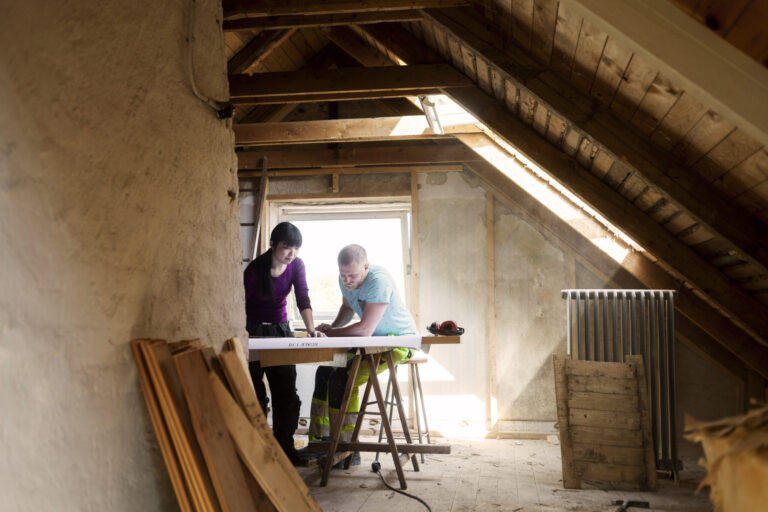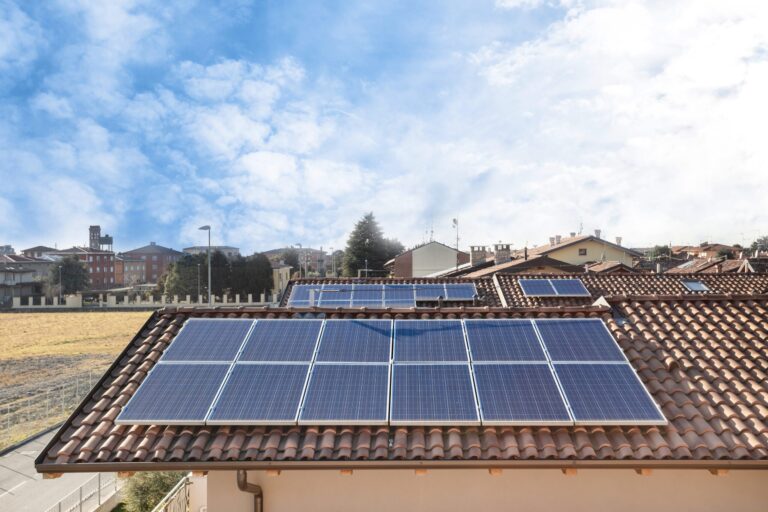Creating a home studio presents the opportunity to follow your passion for music production without breaking the bank. Building a budget-friendly setup is now more feasible than ever due to the expanding range of quality but affordable equipment available. However, many people find that they don’t know what to do or where to start. Fortunately, there are plenty of resources available to assist you throughout the process. In this article, we will guide you through four key aspects to consider when setting up a home studio on a budget.
Choosing the Essential Equipment

To establish a cost-effective home studio, it is crucial to determine the equipment needed for your specific recording projects. Starting with the basics allows you to keep initial costs low and gives you the option to upgrade or expand your setup as your budget allows. Prioritize acquiring a computer, audio interface, and a good quality studio microphone, monitoring speakers, and headphones. As your music production skills develop, you can upgrade to more advanced equipment to further enhance your setup and sound quality.
Make sure to allocate funds towards selecting the best recording microphone within your budget, as it will impact the quality of your recordings. When choosing a microphone for your home studio, it’s important to keep in mind the type of content you will be recording and the environment you will be working in. Condenser microphones are ideal for vocals and are commonly used for podcasting, while dynamic microphones are great for instrument recording and live performances. Factors such as the microphone’s frequency response, sensitivity, and polar patterns also play a role in determining the quality.
Finding the Right Space

Before you start purchasing equipment, planning out the space for your home studio is necessary. Keep in mind that room size, shape, and surrounding materials affect sound quality. Ideally, you should use a spare room or an area in your home where you can control outside noise and distractions. Furnish the space with items that can assist in reducing unwanted sound reflection and resonance – carpets, curtains, and bookshelves can all help improve the acoustics of a room.
A comfortable, clutter-free environment is vital to enhancing productivity, enabling you to focus on honing your craft without distractions. Although renting a dedicated studio space is an option, it is not budget-friendly, and it would defeat the purpose of setting up a home studio. Look for small ways to optimize your available space cost-effectively, without jeopardizing your work and creativity.
Software and Sound
Investing in industry-standard digital audio workstation (DAW) software is not always needed for beginners, especially when working within a limited budget. Start by exploring free or low-cost DAW options to gain experience using audio software. To complement your audio software, familiarize yourself with the world of virtual instruments and audio plugins. Some DAWs include built-in instruments and effects, while a multitude of free and low-cost plugins can be found online for almost any sound or processing requirement.
Experiment with various virtual instruments and audio plugins to find the best ones to suit your needs and ultimately improve your productions. As you develop your skills and knowledge in music production, you may decide to invest in more advanced software versions or a wider array of plugins that better align with your preferences and goals.
Networking and Collaboration

Building a network of like-minded creatives is required when it comes to optimizing your home studio experience. Communities and online forums offer access to valuable advice, feedback, and even potential collaboration partners. Whether discussing equipment recommendations or exchanging production techniques, engaging with others can help you overcome obstacles and improve as a music producer.
Collaboration fosters growth and development, enabling you to learn from your peers while providing a chance to work with different artists or producers within your studio environment. Embrace collaborative projects and maintain connections, as they can lead to major opportunities and facilitate your growth as an artist. Reciprocate support and encouragement within your network, as a strong sense of community is vital for continued growth in any creative industry.
As you can see, creating a home studio on a budget is an achievable, exciting, and rewarding endeavor. Careful planning, focusing on essential equipment, and learning through collaboration are key factors in getting started. As your skills, knowledge, and experience evolve, you will be better prepared to expand or upgrade your home studio to meet your needs and unleash your full creative potential. If you follow all of the advice in this article, then you’ll be well on your way to designing the home studio of your dreams.







